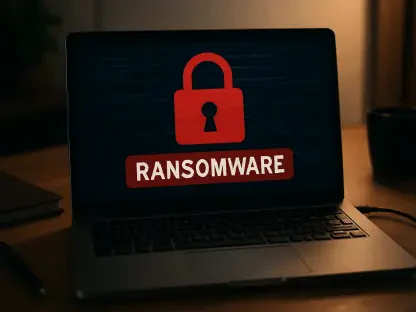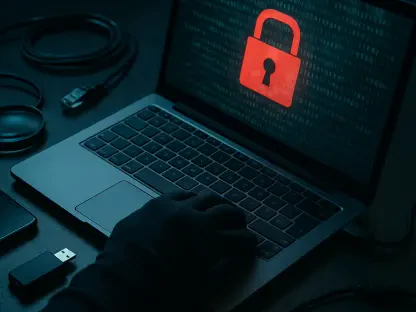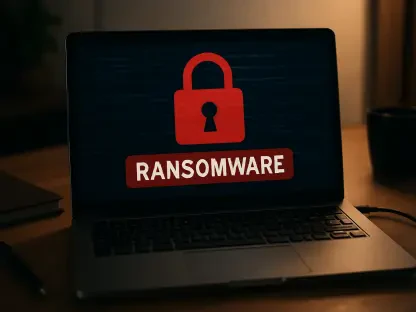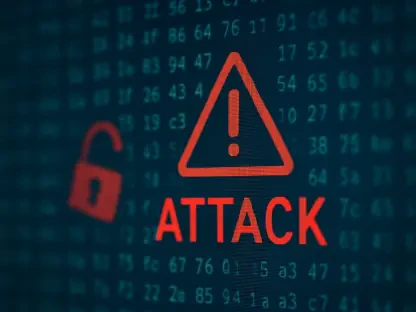Rupert Marais, our in-house security specialist, offers a treasure trove of insights into the multifaceted world of cybersecurity. With a focus on endpoint and device security, cybersecurity strategies, and network management, Marais delves into the ongoing debate concerning the need for intervention in the software security market. Drawing from recent discussions at the National Cyber Security Centre (NCSC) and contrasting viewpoints from industry leaders, Marais offers a nuanced perspective on how vendors’ motivations, customer influence, and parallels with other industries might shape the future of cybersecurity standards.
Can you explain why the National Cyber Security Centre (NCSC) believes the current security market is non-functional?
The NCSC views the security market as non-functional because it doesn’t offer adequate support or rewards for companies that produce secure software. Currently, the risks associated with security vulnerabilities are shouldered mainly by customers rather than the vendors themselves. This imbalance means there’s little incentive for vendors to invest in building secure technologies unless systemic changes are enacted to incentivize and reward such practices.
How does Ollie Whitehouse suggest incentivizing vendors to produce more secure software?
Whitehouse advocates for the creation of an ecosystem that not only encourages but rewards vendors who invest time and resources in developing secure software. This involves establishing mechanisms where companies that prioritize security can prosper and become successful. He believes that without this shift, history will continue to repeat itself with recurring vulnerabilities.
Why do some industry leaders disagree with the idea of intervening in the software security market? What specific points did representatives from Vodafone, Mandiant, and the Canadian Center for Cybersecurity make regarding vendor motivations?
Some industry leaders argue against intervention, believing that vendors do not intentionally ignore security standards to maximize profits. Representatives from Vodafone, Mandiant, and the Canadian Center for Cybersecurity concurred, suggesting the market and customers inherently drive change. They posited that by prioritizing security in their procurement choices, customers force vendors to improve to survive in the competitive landscape.
How do customers factor into driving changes in vendor behavior, according to Stuart McKenzie from Mandiant?
McKenzie believes that customers are pivotal in driving changes because their priorities will dictate the market evolution. Vendors are compelled to meet customer demands for security; otherwise, they’ll be abandoned in favor of competitors offering better products and security features. This dynamic naturally incentivizes vendors to raise their standards without needing external intervention.
Why do some industry leaders believe the market itself should regulate vendor performance, rather than external interventions?
The belief is grounded in the idea that market mechanisms — such as customer feedback and purchasing power — can effectively regulate vendor performance. They see competition as the primary driver for improvement, arguing that only those who provide true value will thrive, while the market will naturally phase out underperformers who fail to meet security expectations.
What parallels did Ollie Whitehouse draw between software security and the automotive industry’s safety standards?
Whitehouse highlighted the evolution of automotive safety standards, such as the European NCAP program, which helped consumers recognize the safety performance of car manufacturers. By applying similar principles to software security, vendors could compete based on their reputations for secure products, thereby creating a competitive environment where excellence in security is a sought-after attribute.
What role could insurers play in enhancing cybersecurity standards, according to the panel? How does the current role of cyber insurance firms influence their position in the cybersecurity space?
Insurers can play a crucial role by leveraging their extensive experience in risk assessment to inform standards. They drive a security baseline by dictating requirements for policyholders. The insights gained from past attack data can guide organizations on where to focus their security resources effectively, potentially influencing vendors to raise their standards to comply with the insurance criteria.
Can you describe the NCSC’s Software Security Code of Practice and its intended impact on the industry?
The Software Security Code of Practice is designed to encourage vendors to adhere to defined standards of security, offering a tangible way for them to demonstrate their commitment. Its intention is to create clarity and uniformity across the industry, thus helping customers make informed choices while raising the overall level of cybersecurity.
What challenges do industry and government face in setting and enforcing international software security standards?
Creating internationally recognized standards involves collaboration across borders and entities, each with unique perspectives and capabilities. The main challenge lies in reaching a consensus on what these standards should look like and ensuring they are uniformly enforced, so they genuinely enhance security rather than complicate procurement and development processes.
How does the NCSC’s approach to software security compare to its strategy for AI security?
Interestingly, both approaches prioritize setting robust standards and certifications to guide development. While the AI Cyber Security Code of Practice aims to secure AI deployment, the Software Security Code similarly seeks to raise the bar for software security. Both have an overarching goal of minimizing vulnerabilities through clearly defined, ratified practices.
Could you elaborate on the potential impacts of implementing internationally recognized software security standards on procurement practices?
Once implemented, these standards could significantly alter procurement practices by introducing stringent security requirements as part of contractual agreements. This shift would compel vendors to align their products with these standards, enhancing global cybersecurity resilience and enabling customers to choose vendors based on validated security credentials.
How does the NCSC plan to ensure its software security standards are adopted by international bodies like NIST or ENISA?
The NCSC is actively engaging with international partners to promote its standards and facilitate their adoption by recognized bodies such as NIST and ENISA. Through collaboration and presenting these standards as the cornerstone for global security, the NCSC aims to achieve a unified approach that drives widespread adherence and compliance.
What are the potential risks of running the voluntary software security initiative, and how does the NCSC plan to mitigate them?
A voluntary initiative might not attract universal participation, leading to a fragmented adherence where only certain vendors comply. To mitigate these risks, the NCSC aims to provide incentives for compliance and potentially expand the initiative into mandatory standards. By demonstrating the benefits of adherence — both market advantages and reduced risk — the initiative can gain traction and drive wider adoption.
Do you have any advice for our readers?
Stay informed and proactive about cybersecurity measures both at the personal and organizational level. Recognizing the importance of security practices and continuously engaging with the latest standards and technologies will help mitigate risks effectively. Always prioritize security when choosing vendors or products, as your choices significantly shape the market dynamics and drive positive changes in the industry.









